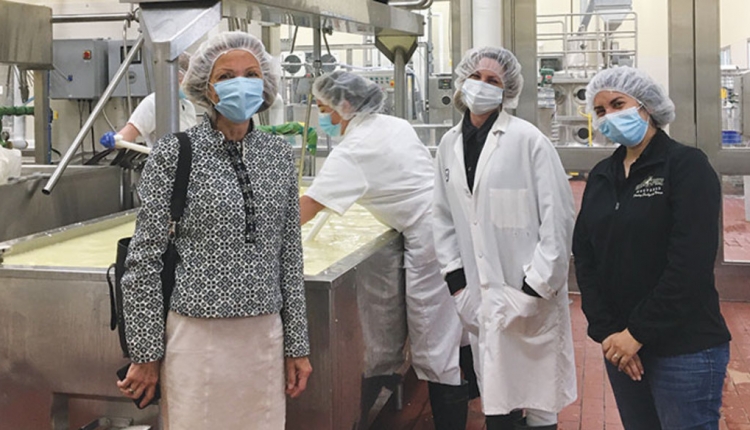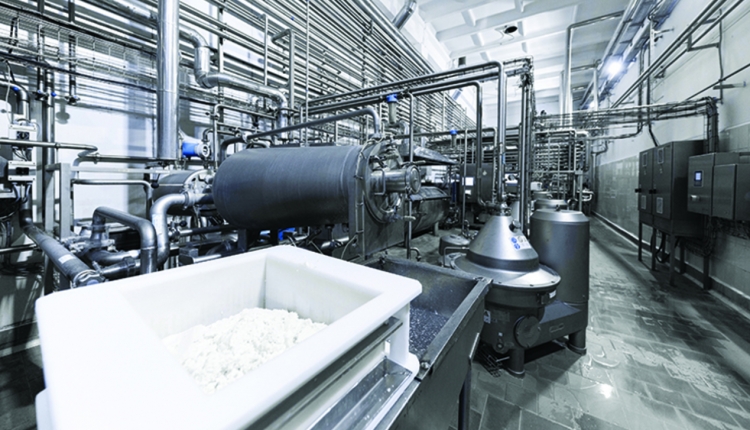
Assessing crops and planning creative ways to store silage are factors farmers are facing heading into the 2020 corn silage harvest.
“We want to target whole plant dry matter to make harvest decisions. We want to stress that trying to make harvest decisions from visual cues could be especially problematic in a year like this,” said Joe Lawrence, forage management specialist for Cornell PRO-DAIRY, on “Corn Silage Harvest Considerations,” a podcast series by the Cornell PRO-DAIRY program and Cornell Cooperative Extension (CCE). “Relying on those visual cues for this crop will most likely lead to chopping a very dry crop as the ears are maturing rapidly, and that really drives whole plant dry matter, even if the stalk still looks green and healthy.”
Checking whole plant moisture and waiting until the timing is right results in getting the best ear possible. Lawrence warned against harvesting too early, as it will result in a wet crop with underdeveloped ears and lower starch.
To estimate harvest timing, whole plant dry matter, tracking growing degree days, and looking at kernel progress all assist in assessing the growth state.
“If you record tasseling dates, you can use 750 to 800 growing degree days from tasseling to estimate the early side of when it will be ready for silage harvest,” Lawrence said. “Don’t judge based just on the kernel milkline, but it’s still helpful to watch its progression.”
Finding accessible storage
Once the crop is harvested, farmers sometimes have difficulty accessing their best feed, so it’s important to plan ahead for storage.
“Sometimes, you’ll get stuck storing your best corn silage buried under something that’s not mature or is poor quality. When you need it, you can’t feed it,” said Ron Kuck, dairy educator at the CCE of Cayuga County, who was a podcast guest. “Even if you don’t have flexibility of storage, it’s always a good exercise to think about it and learn from it for the next harvest.”
To improve accessibility to feed, farmers can consider short-term storage options. Silo bags work well, Kuck noted, to put up stressed forage or forage that won’t ferment well.
Although temporary drive-over piles come with greater spoilage, if there’s no other option, he advises to choose a solid surface where mud isn’t an issue, and to stay away from locations where leachate will drain toward standing or surface water. Concentrated animal feeding operations (CAFO) can consult with their nutrient management planners on designating a temporary storage site.
The author and her family own and operate a sixth-generation dairy farm near St. Johns, Mich.








